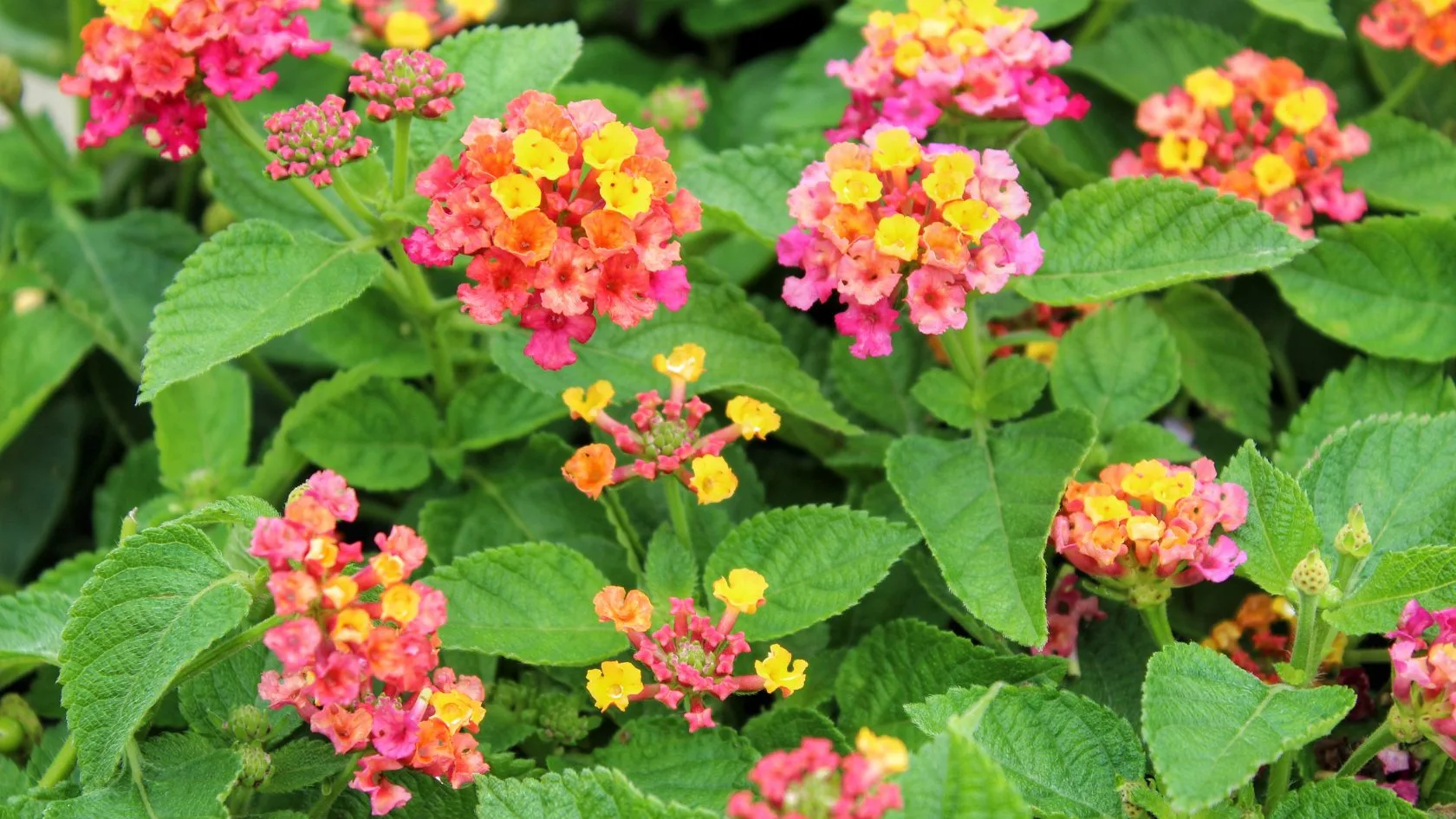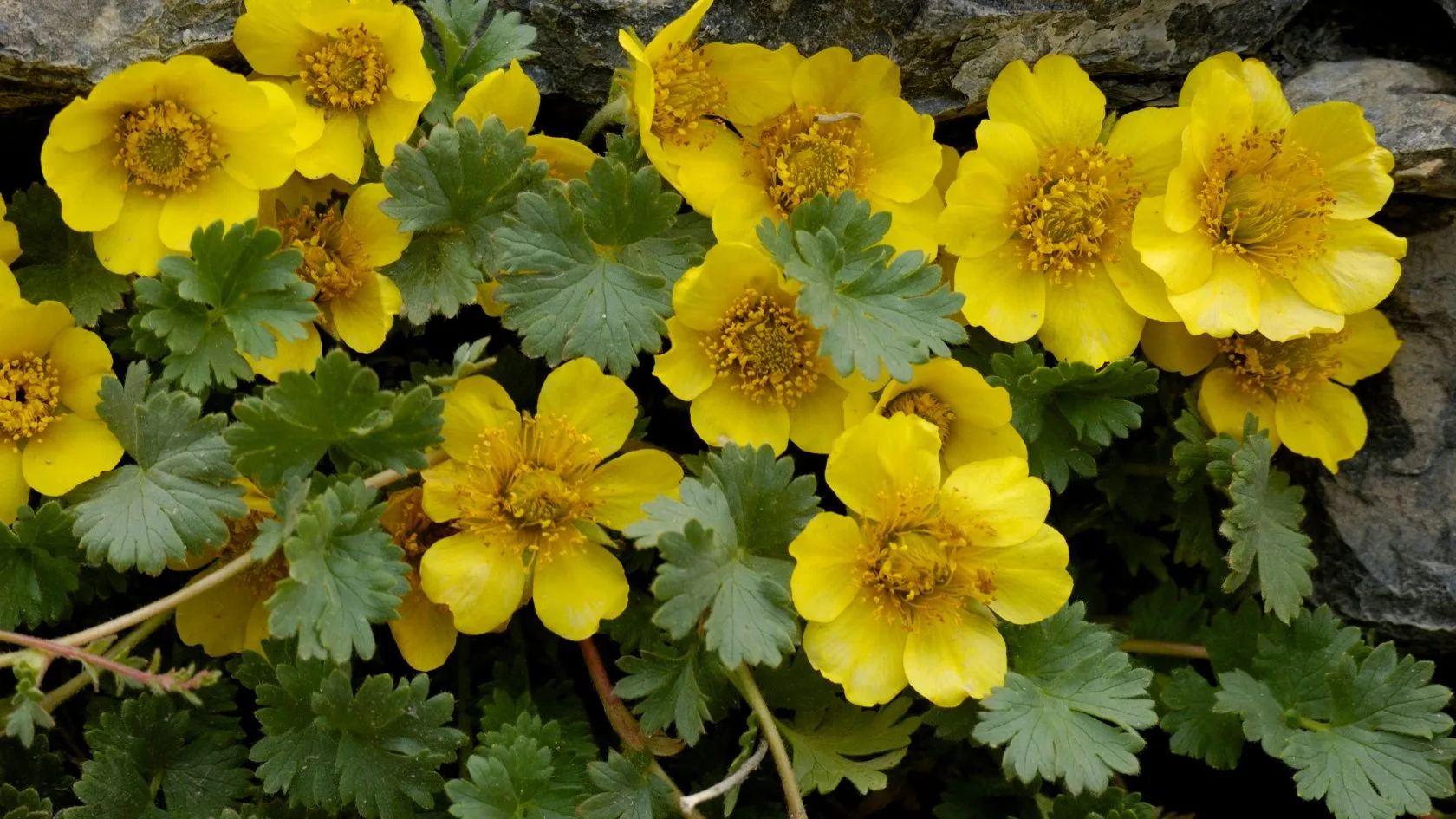How to plant Lupins in pots
Lupins can thrive in pots, adding a beautiful splash of color to your patio or balcony. Here’s a guide to planting lupins in pots:
Choosing the right pot:
- Drainage: Lupines dislike soggy roots, so ensure your pot has excellent drainage holes.
- Depth: Lupines have a deep taproot. Choose a pot at least 12 inches deep for a single plant, and even larger for multiple lupines.
Soil and Planting:
- Potting mix: Use a well-draining, lightweight potting mix. Opt for peat-free multipurpose compost for short-term planting or a loam-based compost like John Innes No. 2 with added perlite for long-term growth.
- Planting: Partially fill the pot with your chosen mix. You can plant lupins from seeds or seedlings. Sow seeds indoors in spring and transplant them to pots later. Gently place the seedlings/seeds in the pot and fill the remaining space with soil, ensuring the plant sits at the same depth as it was previously.
Location and Care:
- Light: Place your lupin pot in a location receiving full sun or partial shade. Too much shade can result in weak growth and fewer flowers.
- Watering: Water regularly, keeping the soil moist but not waterlogged. Allow the top 1-2 inches of soil to dry before watering again.
- Feeding: Consider applying a potassium-rich fertilizer weekly to encourage blooming during the growing season.
Winter Care:
Lupines are generally cold-hardy. You can move the pot to a sheltered location in colder regions during harsh winters.

Lupinus arcticus
Lupinus arcticus, commonly known as Arctic lupine, is a plant that thrives in cooler climates. Here are some care tips for you:
- Soil: Prefers well-drained soil.
- Watering: Moderate watering is essential, but avoid waterlogged conditions.
- Sunlight: Does well in full to partial sunlight exposure.
- Climate: Grows best in northern climates and can enrich soils with low nitrogen levels.
Lupins seeds
Lupin seeds are small, round, and dark brown or black in color. They resemble tiny marbles.
Here are some additional details about lupin seeds:
- Seed size: Lupin seeds are typically 1/8 to 1/4 inch (3-6 mm) in diameter.
- Seed coat: The seed coat is hard and impermeable to water. This allows the seeds to remain dormant for extended periods until conditions are favorable for germination.
- Scarification: Some gardeners scarify lupin seeds before planting by nicking the seed coat with a nail file or sandpaper. This can help to speed up germination by allowing water to penetrate the seed coat more easily. However, scarification is not always necessary and can damage the seed if done incorrectly.
when doing lupin flower
There are two main times for planting lupins, depending on your preference and climate:
- Early Spring: This is the most common planting time for lupins. Planting in early spring allows the lupines to establish their root system before the hot summer arrives.
- Fall: Planting lupins in fall is a good option for gardeners in colder climates. The seeds will go through a natural cold stratification process over winter, which can improve germination rates.
Here’s a quick summary:
| Planting Time | Benefit | Drawback |
|---|---|---|
| Early Spring | Established root system before summer heat | May not bloom in the first year |
| Fall (colder climates only) | Improved germination rates | Flowers may come a bit later the following year |
Lupine scientific name
The scientific name for lupine is Lupinus. It’s a genus of about 200 species of herbaceous and partly woody plants in the pea family Fabaceae.
Lupine color
Lupines come in a wide range of colors, but the most commonly known lupine color is blue. This is the color of many wild lupine varieties, and it’s also a popular color for cultivated lupines.


